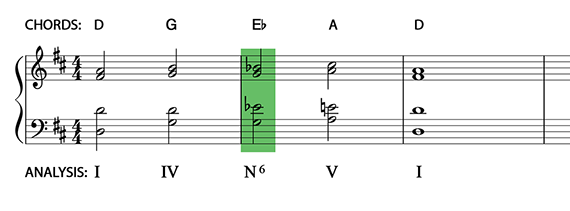
HOSTS- Jeremy Burns, Matthew Scott Phillips
TYPE- Theory
DURATION- 85:17
BUMPER MUSIC- "Baklava Español" (Area 47)
ANNOUNCER- Mike Cunliffe
The Neapolitan chord and the Neapolitan Sixth chord add a very distinctive sound
to a progression. You've heard it many times and you probably LOVED it. Now you're going to learn all about it! We will discuss how to build one, how it's used in a progression and we'll play a few examples you may recognize. This ain't just some boring ice cream favor. This is good music!




VOICE LEADING CONSIDERATIONS

OTHER USES



